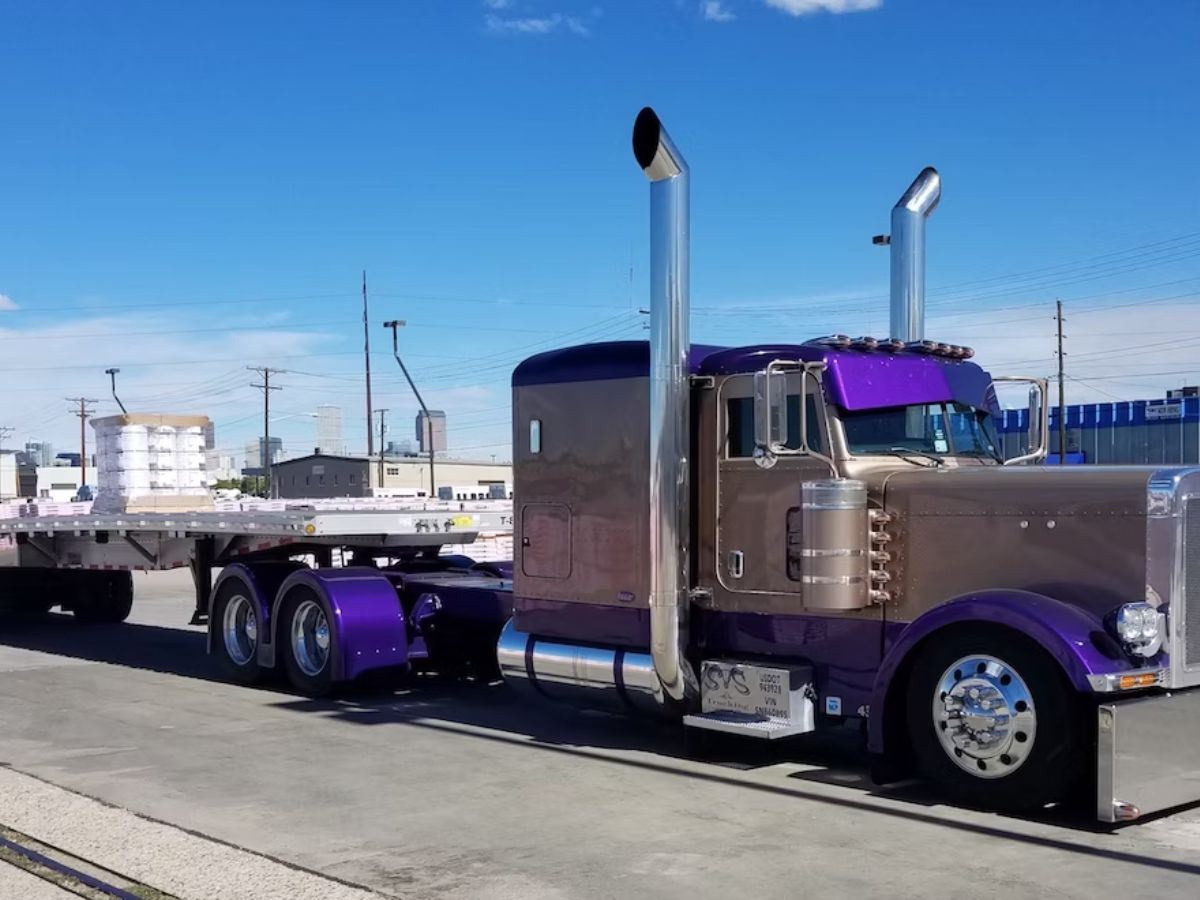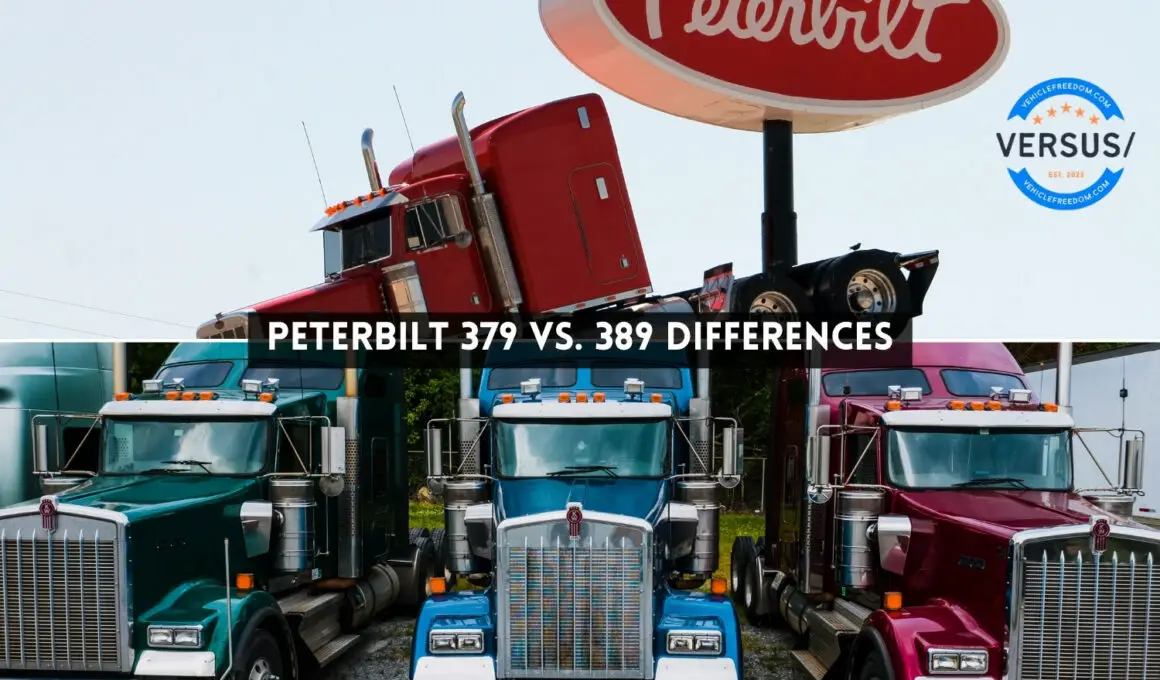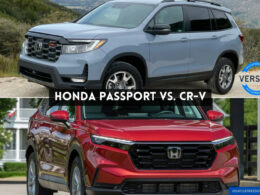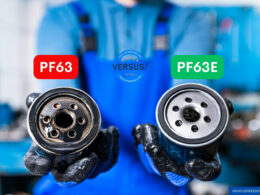In This Article Show
If there’s one thing I’ve learned in my 13 years as a mechanic, it’s that the devil is in the details. And when you’re on the road or under the hood, those details matter a lot.
Over the years, besides getting my hands greasy, I’ve also taken to sharing my insights through blog posts. Why? Because every trucker, buyer, or enthusiast deserves to know the ins and outs of the machines they hold dear.
Peterbilt, a name almost everyone will recognize, has given us some iconic models throughout the years. Two of the most talked-about rigs in this lineup? The Peterbilt 379 and its evolutionary successor, the 389.
Both of them have roared down highways, been the subject of many a debate at truck stops, and have held a special place in the hearts of drivers worldwide.
But what sets them apart? Is it just the number, or is there more to the story? As someone with the pleasure (and sometimes the challenge) of working on both, I’m here to give you the lowdown. Stick around as we dive into what makes these beasts unique, and what you should know if you’re considering getting behind the wheel of one.
Historical Background
Diving into the rich tapestry of trucking history, the Peterbilt 379 and 389 don’t just represent numbers or models; they represent eras, shifts in engineering, and significant milestones in the trucking universe.
1. Introduction to the Peterbilt 379
Launched in 1987, the Peterbilt 379 culminated years of design refinement. Created to be the flagship of the Peterbilt fleet, it quickly became synonymous with the long-nose style that American big rigs are known for.
Its distinct hood and unparalleled durability made it not just a truck, but a legend on the open road. Many would argue that the 379 set the gold standard for owner-operator trucks, fusing both form and function in a way that had never been seen before.

2. Introduction to the Peterbilt 389
Fast forward to 2006, and the world was introduced to the Peterbilt 389. Built on the legacy of the 379, the 389 wasn’t just an upgrade; it was a response to the changing needs of the trucking industry.
With a nod to aerodynamics, the 389 offered enhancements in fuel efficiency without compromising the iconic style the 379 had established. It was Peterbilt’s way of ensuring the long-nose tradition lived on, but with modern touches that addressed the evolving demands of the road.
Aesthetic and Design Differences
Ah, the allure of design! As any trucker or enthusiast will tell you, aesthetics play a huge role in the appeal of a rig. It’s not just about how they perform on the road but how they look doing it.
The Peterbilt 379 and 389, while sharing a family lineage, have distinct design differences that set them apart.
1. Exterior design and appeal
Peterbilt 379
Recognized for its traditional square-nosed hood and classic appeal, the 379’s design is a nod to the quintessential American big rig. Its distinctive headlights and chrome-heavy front grille give it a sense of authority on the road. The 379’s design feels raw, powerful, and unapologetically bold.
Peterbilt 389
While it retains the long-nose essence of the 379, the 389 introduces subtle curves and sleeker lines. The most noticeable change? Its innovative, swept-back headlight design, which not only gives it a modern touch but also improves nighttime visibility.
The 389’s grille, though still prominent, has a more streamlined look, with added aerodynamic touches that hint at its improved fuel efficiency.
2. Interior enhancements and comforts
Peterbilt 379
The inside of a 379 is all about practicality fused with a touch of old-school charm. While it offers the essentials – spacious sleepers, analog gauges, and a driver-centric dashboard layout – there’s an undeniable ruggedness to its interior, reminiscent of a time when trucking was about the sheer love of the open road.

Peterbilt 389
Step inside a 389, and you’ll instantly notice the modern upgrades. A more ergonomic dashboard, the integration of digital displays alongside traditional gauges, and improved storage spaces make for a comfortable ride.
Not to mention, the premium materials and refined finishes elevate the driving experience, ensuring that truckers feel at home even when they’re miles away from it.
In the world of trucks, design isn’t just about aesthetics; it’s about how those designs translate to functionality and comfort. And while both the 379 and 389 have their unique appeals, they collectively showcase Peterbilt’s commitment to merging tradition with innovation.
Performance and Specifications
When it comes down to brass tacks, it’s the performance and specs that truly define a truck. Beyond the shine and curves, it’s how these beasts perform on the open road that matters most.
So, let’s rev up our engines and delve into the nitty-gritty of the Peterbilt 379 and 389.
1. Engine options and performance
Peterbilt 379
Back in its prime, the 379 boasted a range of powerhouse engines from Caterpillar and Cummins, offering horsepower ratings that went north of 500.
With a strong emphasis on torque, the 379’s engines were built for heavy hauling and long-haul journeys. The reliable powertrain ensured that it could tackle tough terrains and long drives with relative ease.
Peterbilt 389
The 389 takes performance up a notch with its more advanced engine options, including the PACCAR MX-13. With horsepower capabilities stretching beyond the 600 mark and more efficient torque curves, this truck is designed for optimal fuel efficiency without compromising on raw power.
Advanced emission controls in the 389 also mean it meets more stringent environmental standards, striking a balance between performance and sustainability.
2. Drivability and handling
Peterbilt 379
Known for its stability and rugged build, the 379 offers a straightforward, no-nonsense driving experience. Its manual transmission, while requiring a skilled hand, provides drivers with a sense of control and connection to the road. The truck’s suspension, though sturdy, tends to be on the firmer side, making it reliable for heavy loads.
Peterbilt 389
One of the most significant upgrades in the 389 is its enhanced maneuverability. Thanks to design tweaks like a shorter wheelbase option and improved turning radius, navigating tight spots becomes less of a chore.
The inclusion of automated transmission options in newer models also makes for a smoother driving experience, especially for those long-haul stretches. Plus, with refinements in its suspension system, the 389 offers a balance of comfort and load-bearing capability.
At the heart of these trucks, it’s the performance and specifications that determine their legacy. Both the 379 and 389 embody Peterbilt’s dedication to engineering excellence, each catering to the evolving needs of the modern trucker.
Safety Features and Updates
Safety on the road is paramount. It’s not just about getting from point A to B; it’s about doing so securely and ensuring that every journey ends as it began – safely. As trucks have evolved, so have their safety features. Let’s take a closer look at how the Peterbilt 379 and 389 prioritize the safety of their drivers.
1. Introduction to standard safety features in both models
Peterbilt 379
In its heyday, the 379 was equipped with some of the leading safety features of its time. Anti-lock braking systems (ABS) ensured consistent brake performance, reducing the chances of skidding.
Its robust chassis design and reinforced cab provided a level of passive safety, ensuring that in the unfortunate event of a collision, the driver was afforded a level of protection. Additionally, its broad, clear-view windows and mirrors helped in minimizing blind spots.
Peterbilt 389
Building on the foundation set by the 379, the 389 incorporated advanced safety tech reflective of the times. Electronic Stability Control (ESC) was introduced, which helps in maintaining truck stability, especially in tricky driving conditions.
The adaptive cruise control, which adjusts speed based on traffic, also made its debut, aiding in preventing rear-end collisions. Enhanced LED headlights provide better visibility, and the improved mirror design further reduces blind spots.
2. Advancements and improvements in the 389 over the 379
While the 379 set a commendable safety benchmark, the 389 took things a step further:
- Airbag Systems: Modern 389 models come equipped with driver-side airbags, enhancing protection in case of frontal collisions.
- Lane Departure Warning: An essential feature for long-haul drivers, this system alerts the driver if the truck unintentionally drifts out of its lane, aiding in preventing potential accidents.
- Collision Mitigation: This advanced system detects potential obstacles and automatically applies brakes if needed, reducing the severity of a potential collision or even avoiding it altogether.
3. Role of technology in enhancing driver safety
As technology has progressed, so has its integration into trucks. The 389 showcases how tech can be harnessed to enhance safety. Features like the aforementioned Lane Departure and Collision Mitigation are prime examples.
Moreover, modern telematics systems in the 389 allow fleet managers to monitor driving patterns, ensuring drivers maintain safe habits on the road.
The journey from the 379 to the 389 showcases Peterbilt’s unwavering commitment to safety. It’s a testament to how the brand continually evolves, ensuring that drivers are not just efficient on the road but also secure.
Cost of Ownership
When it comes to purchasing a truck, the initial price tag is only part of the equation. Cost of ownership encompasses everything from fuel consumption, maintenance, repair costs, to potential resale value.
Let’s break down what potential owners can expect when it comes to the pocketbook impact of the Peterbilt 379 and 389.
1. Initial Investment
Peterbilt 379
Being an older model, the 379, if found, is typically available on the used market. Prices can vary widely based on factors like age, mileage, and condition. Generally, it can be more affordable upfront compared to newer models, but potential owners need to be wary of wear and tear, and potential refurbishing costs.
Peterbilt 389
As a newer iteration, the 389 commands a higher initial investment. However, with that price comes modern features, technology, and often warranties that can offset costs down the road.
2. Maintenance and Repairs
Peterbilt 379
Given its age, the 379 may require more frequent maintenance checks, especially if it has clocked significant miles. Parts for older models might be harder to come by or more expensive due to limited availability. However, its simpler mechanical design can sometimes translate to easier and more affordable repairs.
Peterbilt 389
With advancements in engineering, the 389 is designed to have longer service intervals, translating to potentially less downtime. However, when repairs are needed, they can be more costly due to the complexity of modern systems and the need for specialized knowledge or tools.
3. Fuel Efficiency and Operating Costs
Peterbilt 379
Its older engine designs don’t match today’s standards of fuel efficiency, meaning owners might find themselves spending more on fuel over the long haul.
Peterbilt 389
A key selling point of the 389 is its improved fuel efficiency, courtesy of aerodynamic refinements and modern engine technology. Over time, this can lead to significant savings in operating costs.
4. Resale Value
Peterbilt 379
This model has become somewhat of a classic. If maintained well, its resale value can hold steady, especially among enthusiasts looking for a touch of nostalgia.
Peterbilt 389
Its more modern features and broader market appeal mean that the 389 can fetch a solid resale price, especially if kept in good condition. Its continued popularity in the market ensures demand remains high.
5. Total Cost of Ownership (TCO)
While the Peterbilt 379 might have a lower initial cost, potential owners need to weigh in on factors like maintenance, fuel costs, and potential resale value.
The 389, on the other hand, though pricier upfront, can offer savings in the long run, thanks to its efficiency, longer service intervals, and robust resale market.
In conclusion, cost considerations extend beyond the purchase price. Both the 379 and 389 offer unique value propositions, and the best choice hinges on individual priorities, usage patterns, and budget constraints.











